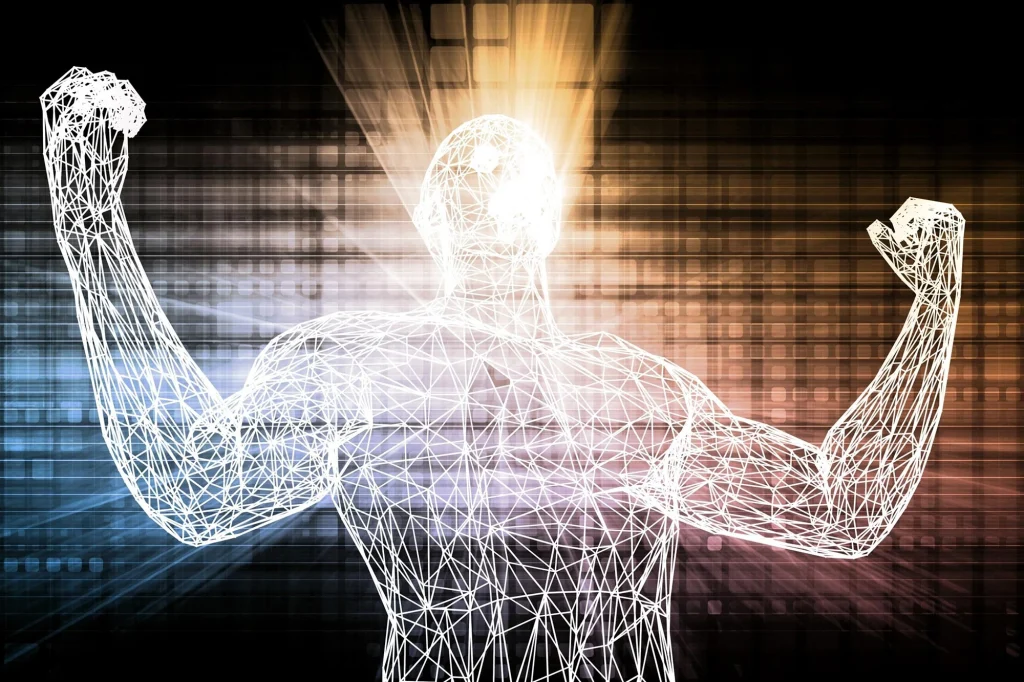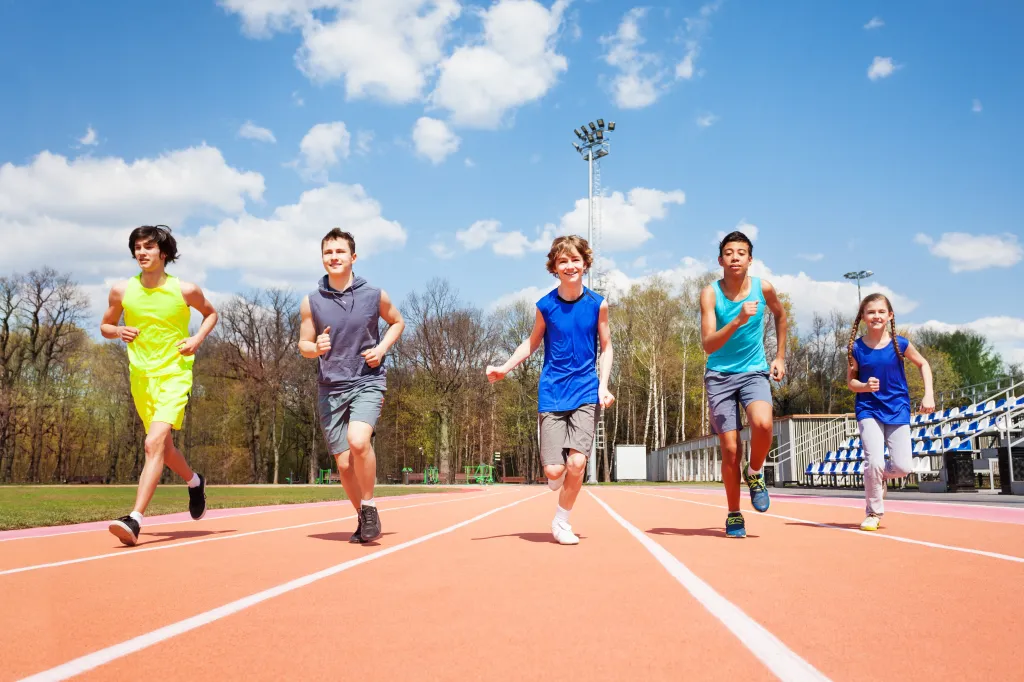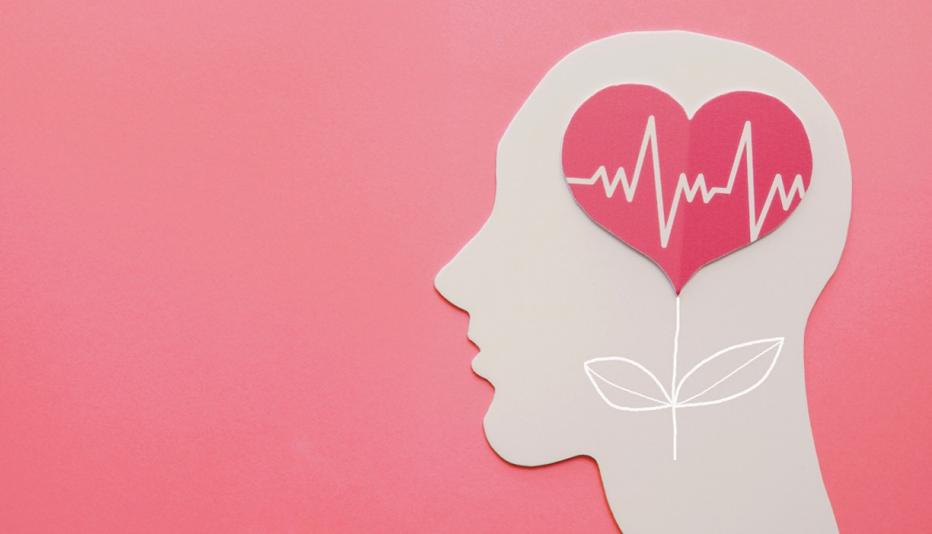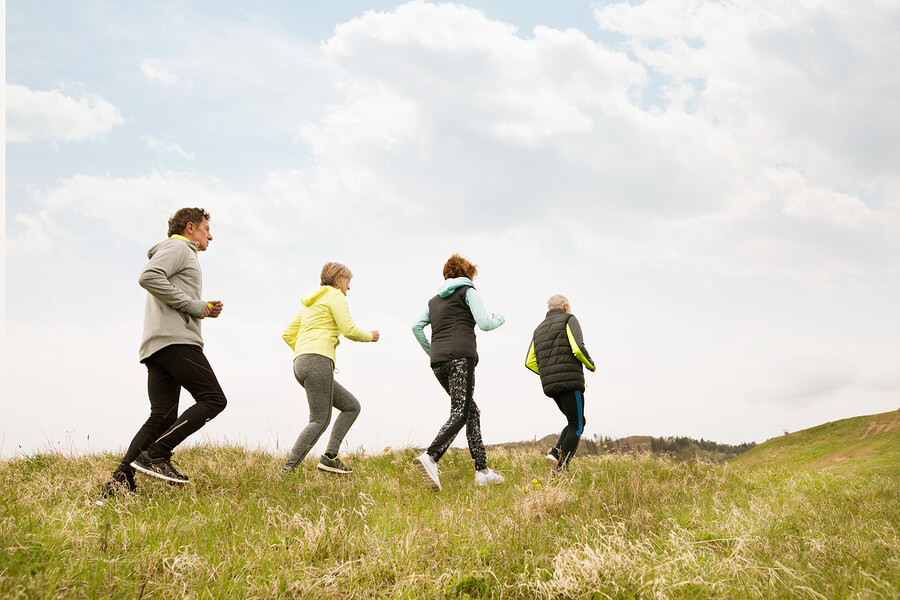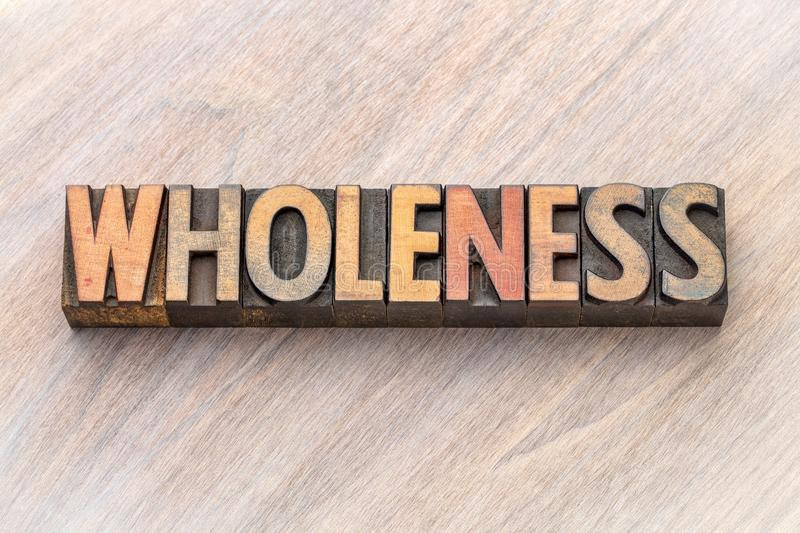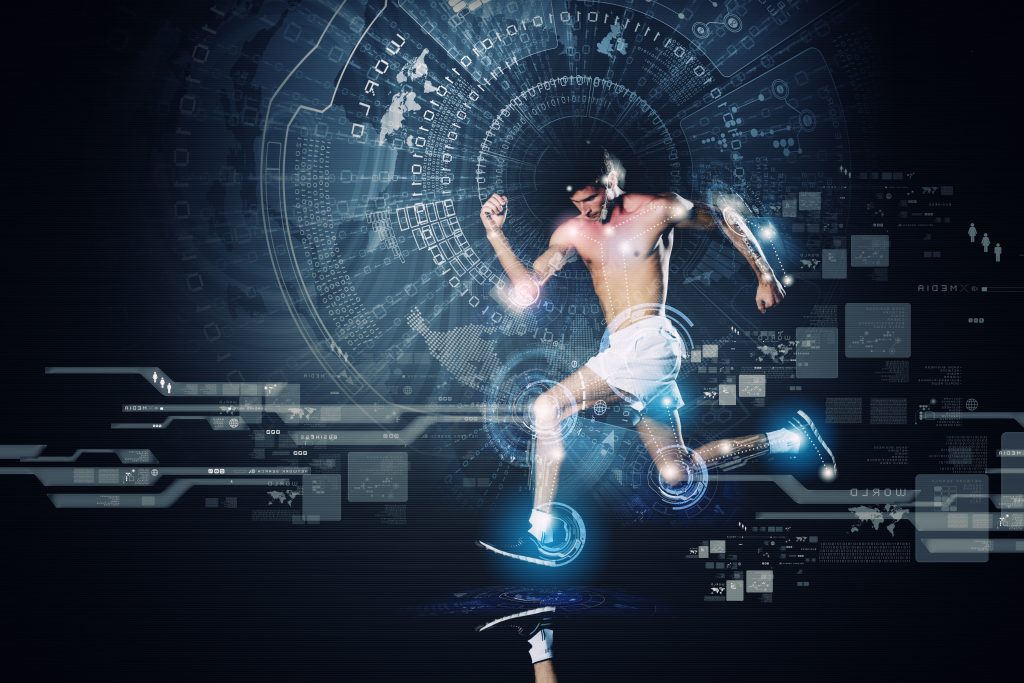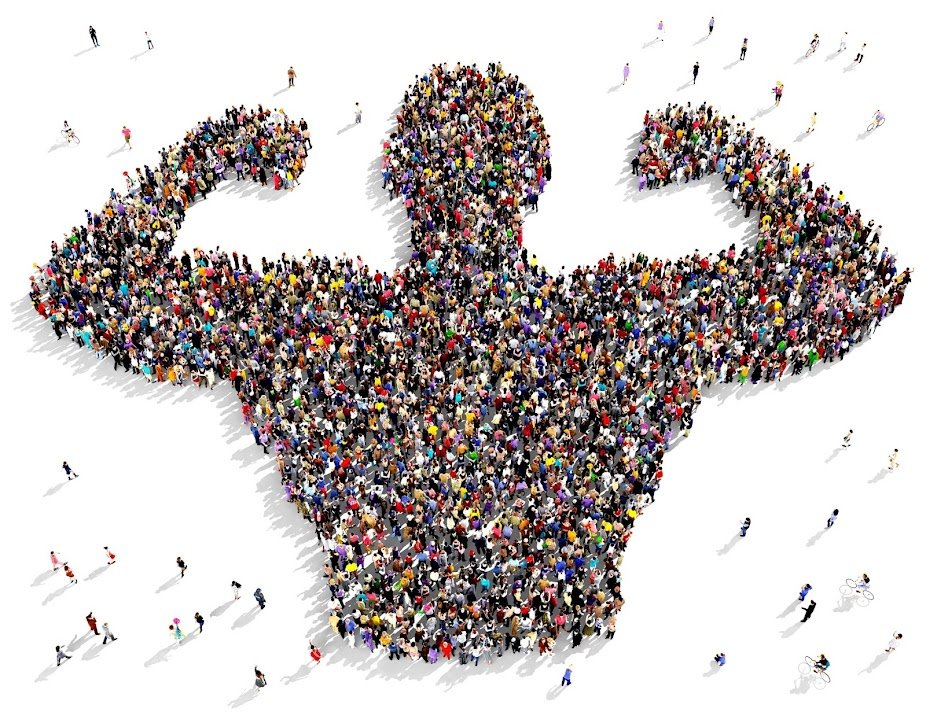
Health used to be simple.
You moved, you ate, you slept—and you were surrounded by a tribe that encouraged all of it.
Today? We’ve got more information, more gyms, more food choices, more content… and somehow, less connection.
At Aruka, we believe the solution isn’t just smarter plans or better programming.
It’s people.
And that’s why we’ve built the Aruka Community—a space for shared learning, mutual encouragement, and transformational conversations around movement, health, and restoration.
🤝 Why a Community?
Because transformation isn’t a solo sport.
- Clients need support beyond their workout.
- Coaches need a place to sharpen and grow.
- Parents need guidance they can trust.
- Professionals need connection with like-minded peers.
- And we all need to feel like we’re not doing this alone.
Isolation is the enemy of growth.
We’re building a tribe that lifts each other up.
🧱 What Makes the Aruka Community Different
The Aruka Community isn’t just another forum.
It’s a curated environment grounded in:
- Skill-Based Health
- Faith-Inspired Stewardship
- Performance Truth Over Fitness Trends
- Collaboration, Not Competition
- Education That Leads to Action
It’s not about ego, likes, or arguments.
It’s about getting better—together.
🧭 Inside the Aruka Community Forum
We’ve built the forum around 10 key areas—each one tied to a pillar of the Aruka model:
- Health – Nutrition, recovery, detox, disease prevention
- Performance Training – Strength, endurance, speed, agility
- Skill Development – Movement IQ, neurogenics, movement literacy
- Spiritual Training – Biblical worldview, faith in action, purpose
- Shapeshifters – Body transformation and weight management
- Youth Development – Parents, coaches, and young athletes
- Age Well/Longevity – Movement and vitality after 30
- Sports Injury & RTP – R6 rehab, RTP case studies, protocol Q&A
- Coaches, Therapists & Pros – For our leaders and practitioners
- Professional Services – Aruka tools, MyPlans, assessments, Blueprints
Each category will have weekly content themes, community prompts, and space for discussion, feedback, and encouragement.
💡 What Members Will Find
Whether you’re a casual reader, a client, or a certified Aruka pro, the forum is designed to help you:
- Ask questions and get clear answers
- Share ideas, wins, struggles, and stories
- Connect with others pursuing the same path
- Learn from Coach J, guest contributors, and other professionals
- Grow your personal movement, health, or coaching journey
- Stay motivated and equipped through every season
You’ll also get:
- Early access to articles, tools, and Blueprints
- Behind-the-scenes updates on new assessments and protocols
- Exclusive “Coach’s Corner” insights directly from me
- Special community challenges to build momentum together
💬 Why It Matters More Than Ever
Right now:
- People are confused about health.
- Athletes are frustrated by injury and broken return models.
- Adults are losing their ability to move with confidence.
- Families are overwhelmed with information but no guidance.
- Coaches feel stuck in systems that don’t work.
The Aruka Community is here to be a lighthouse.
Not noise—but clarity.
Not pressure—but presence.
Not just content—but connection.
🌱 You Don’t Need a Crowd. You Need a Tribe.
A crowd watches you.
A tribe walks with you.
We’re building a community of:
- Health seekers
- Skill builders
- Movement teachers
- Thought leaders
- People who care deeply about stewardship, performance, and purpose
This isn’t about fitting in.
It’s about finding your place—in a movement that’s bigger than reps and routines.
🛠️ Coming Soon: Member Tiers & Perks
Basic Members
- One-time $25/year
- Forum access
- Blueprint starter kits
- 10% supplement discounts
- Coach J content drops
Pro Members
- $10/month or $99/year
- Virtual locker + MyPlan delivery system
- 25% supplement discounts
- Full video vault + Restoration Library access
- Monthly live Q&A calls with Coach J
- Early enrollment in certifications and mentorships
This is just the beginning—and you’re invited.
🔚 Let’s Build the Tribe That Rebuilds Others
The future of health isn’t a program—it’s a people-powered mission.
Let’s walk it together.
Let’s restore clarity.
Let’s rebuild performance.
Let’s bring back purpose.
Welcome to the Aruka Community.
See you inside.
—Coach J
Kent Johnston

